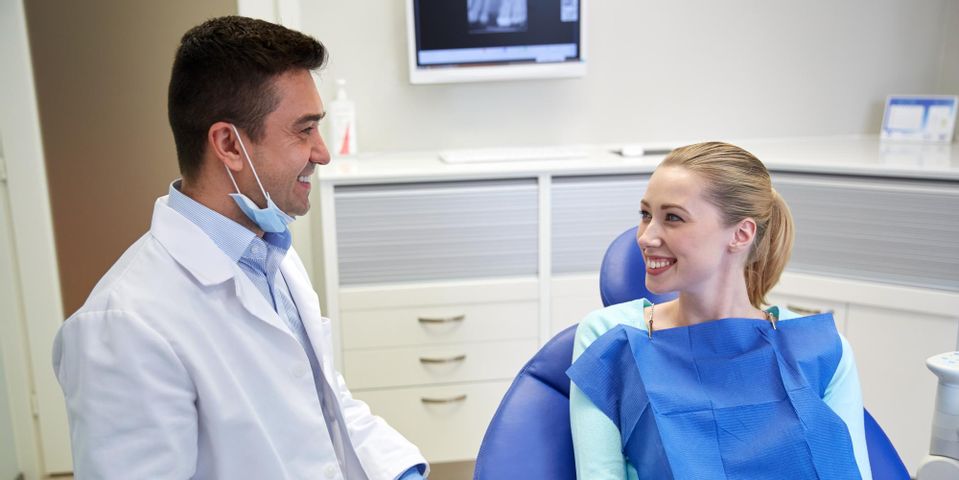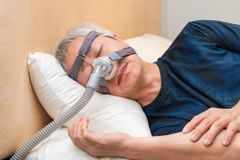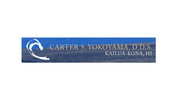
Sleep apnea is a sleep disorder that causes interrupted breathing while you sleep; related symptoms include snoring and insomnia. The following guide will outlines the basics of the disorder, so you can find the right treatment.
What Are the Types of Sleep Apnea?
Obstructive
Obstructive sleep apnea (OSA) results when the muscles in your upper airway relax, blocking or narrowing airways. As a result, your diaphragm and chest muscles work harder to bring oxygen into your lungs. When you can’t get enough oxygen, your brain rouses you to activate your muscles again.
The majority of people with OSA are overweight or obese; the extra fat adversely affects the soft tissues of the mouth and throat. In children, it might be caused by a pronounced overbite or enlarged tonsils or adenoids. Being elderly, male, or a smoker all increase your risk of OSA.
Symptoms include loud snoring, waking abruptly in the night with gasping or choking, nighttime sweating, and sleepiness during the day.
Central
Central sleep apnea (CSA) is less common. It results from the brain’s failure to signal breathing muscles to intake air. As a result, you might wake up experiencing shortness of breath. Other symptoms include periods of abnormal or stopped breathing during sleep, chest pain, and hypersomnia.
Men, people with heart disorders, and those middle-aged and older are at a higher risk of CSA.
How Is It Treated?
For those with mild sleep apnea, your doctor may suggest lifestyle changes such as losing weight or quitting smoking. However, if these treatments prove unsuccessful or insufficient, there are other options.
Oral appliances often work well for OSA. The oral appliance will bring the lower jaw forward to ensure the muscles in your upper airway don’t obstruct breathing. There are over 100 FDA- approved appliances, so your dentist will help find the appropriate one for you.
 A Continuous Positive Airflow Pressure (CPAP) machine is also commonly used to treat OSA. This device includes a mask that goes over your nose and mouth. It keeps your airways open and provides steady airflow.
A Continuous Positive Airflow Pressure (CPAP) machine is also commonly used to treat OSA. This device includes a mask that goes over your nose and mouth. It keeps your airways open and provides steady airflow.
Bilevel positive airway pressure (BPAP) is used for those with CSA and others who don’t respond to CPAP. This device also covers your nose and mouth. It adjusts the pressure you need to breathe normally and consistently, providing more pressure for inhalations than exhalations.
Find relief from your sleep apnea with the help of Carter S. Yokoyama, DDS, in Kailua-Kona, HI. At this reputable dental spa, Dr. Yokoyama provides custom-designed oral appliances for sleep apnea as well as cosmetic and general dentistry. Your anxieties about going to the dentist will disappear when you enjoy their amenities like snacks and beverages, noise-canceling headphones, and wax hand treatments. For calming dental care, call (808) 322-0101. Visit them online to read glowing patient reviews.
About the Business
Have a question? Ask the experts!
Send your question

